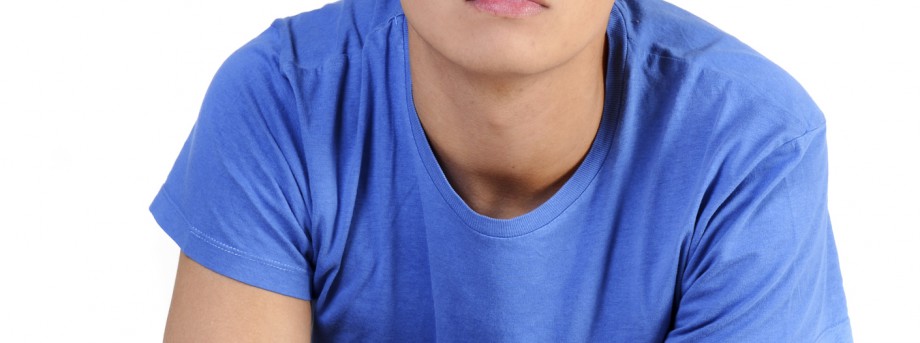The University of Nottingham
 Exchange online
Exchange online
Research Exchange
The teenage brain — work in progress

A European wide study which aims to identify and learn more about the biological and environmental factors that might influence mental health in teenagers is recalling its 2,000 volunteers for the second stage of the research.
The IMAGEN Study recruited the teenagers at 14. Now, at 18, the same volunteers are back to see how their brains have changed over the last four years. The aim is to investigate factors that lead to the emergence of mental health issues such as mood disorders and substance abuse in adolescents.
The study, the first major study of its kind, is being led by Penny Gowland, a Professor of Physics at The University of Nottingham and Tomas Paus, a Professor of Psychology and Psychiatry at the University of Toronto. It is using genetics, brain imaging, psychological tests and interviews to get a better idea of how the teenage mind works.
Universities in the UK, Ireland, France and Germany are participating in the project, together with scientists in Canada and other countries. The research at Nottingham is taking place at the Sir Peter Mansfield Magnetic Resonance Centre on University Park.
The researchers want to find out what impact certain attitudes and thinking styles, as well as certain brain activity patterns and genetic characteristics, have on teenage behaviour and mental health.
Professor Paus said: “Developmental processes in adolescence are critical for the fine tuning of behavioural control, emotions and cognition. The adolescent brain is a “work in progress”, making it particularly vulnerable to disruption by social stress — often generated by other teenagers but, sometimes, also by adults — as well as by chemicals, such as alcohol and cannabis”.
Research Assistant Alicia Stedman said: “A lot of mental illnesses have their first onset before the age of 24. About half of these occur before the age of 14. So, it is very important that we study people between the ages of 14 and 18 and are able to identify symptoms early on as well as the risk factors for developing certain mental illnesses.”
Volunteers get to see inside their own heads
Professor Gowland said: “There will be different attitudes to risk — from the daring to the more cautious. The aim of this study is to hear from all types of teenagers.
Among the volunteers is 18 year old Sian Doherty from Nottingham. Back for the second stage of the study she said: “A lot of the questionnaires are about your life and the things you’ve been through. It has made me realise that I have had a normal life, nothing has happened to me that has influenced me in a bad way. I also have a CD of pictures of my brain!”
The research, funded by the European FP6 Program, the Medical Research Council and the National Institutes of Health in the USA, is using state-of-the-art technology from the fields of behavioural neuroscience where medicine, psychology, physics and biology intersect in the study of human behaviour.
The results
Professor Paus said: “Building on findings obtained in one of our Canadian cohort, we have learned that the reward system is less sensitive in teenagers whose mothers smoked during pregnancy. This may make some of them — depending on their genes — also more likely to experiment with alcohol, cannabis and other substances.
Using one of our imaging paradigms — when teenagers are watching video clips of faces — we noticed that the brains of girls generally respond to faces more robustly than those of boys; perhaps the female brain is generally more interested in all the social cues coming from the human face.”
These results were published in the academic journals JAMA Psychiatry and Human Brain Mapping.
Leave a Reply
Other

Top prize for quantum physicist
A University of Nottingham physicist has won a prestigious medal from the Institute of Physics for […]

Zero carbon HOUSE designed and built by students comes home
Design and construct a low cost, zero carbon, family starter home, transport it to Spain, build […]